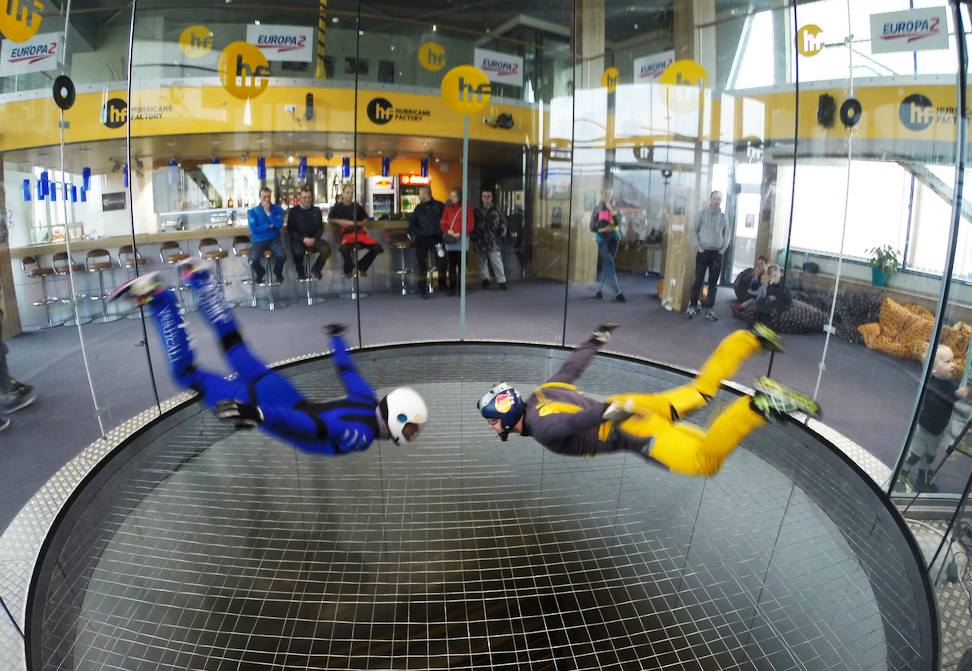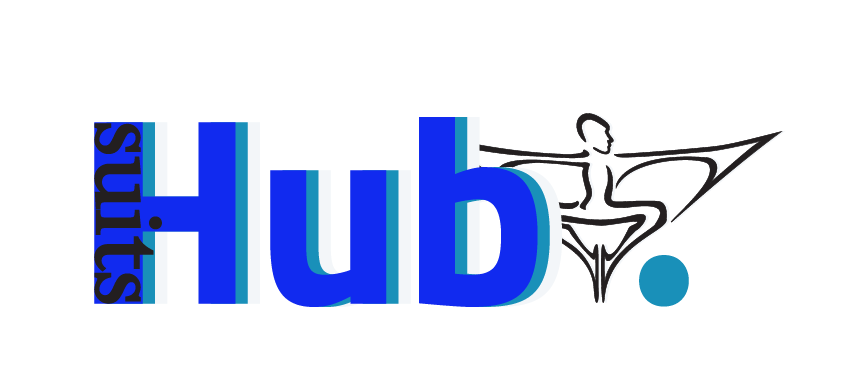Originally published on Dropzone.com in June of 2017.
It is probably important clarify exactly what we are talking about when referring to belly positions. Not to be confused with ‘Relative Work’ or ’Formation Skydiving’ or whatever saucy nomenclature is used in your part of the world for gathering up your bootie friends and doing as many doughnuts and thingys as you can – within the sphere of freefly training ‘belly’ means the various forms in which the side of your body with your belly on it is presented towards the wind.
An important part of evolving into a wise and learned freefly type is the difference between merely teasing belly flyers for being lame and actually meaning it. Serious flat flying is very technical and contained within it are many of the concepts it is crucial to understand to fly competently in other orientations – such as developing spacial awareness, using multiple surfaces of your body at the same time to control both place and position, and the processes of planning and executing bigger, more complex skydives.
The better you are at one element of flying the easier the others are to learn.
Freefly is about mastering movement across all three axis, any way up and at any angle, and learning to fly with the wind hitting the front parts of your body is not only as important as any and all of the other parts – it is available right from the start. There are a couple of very good reasons why good belly basics are not something to dismiss or overlook. Firstly, the circumstances you are training under (indoors or from aircraft) require you to achieve some kind of basic proficiency anyway – so why not use the opportunity to cram as much of it into your brain as possible? Secondly – down the road when you are ready to attempt some of the more advanced tricks and transitions, understanding more advanced methods of how to fly on your belly will help a great deal.

How Does Belly Carving Work?
The general rules about learning to carve in (or from) a belly position are the same as doing so on your back. The mechanics of carving do not change wether you are head up or head down, facing inwards or outwards, and if flying on high speeds or low speeds:
The combination of a drive and a turn creates a carve.
When carving, the input with your body required to generate the turn part of the equation is small. Controlling everything else is the same – the surfaces you apply to the wind to alter your speed both horizontally and vertically remain constant, so when you are learning to carve in the tunnel you are training the same movements and positions that you use for tracking and angle jumps. You start flat and work up through to higher speeds and steeper angles – which is directly reflected by the skydives you perform as you build your confidence with tracking jumps.

Orientation and Awareness
It cannot be overstated how important spacial awareness is. As you work through the various stages in a training programme there are drills in which you are re-programming your muscle memory to do the exact opposite of what it has normally done every time in your life up to this point. Up is down, left is right, forwards is backwards. It takes time and is frequently frustrating, so anywhere you can find the opportunity to gain a head start is valuable. The same drill we discussed in the last chapter – where you can fly in a flat orientation (on your back) and switch (as far as your brain is concerned) between a head up and a head down position simply by moving your head is also applicable when on your belly. The opposite version of the same procedure has a comparable outcome and similar advantages:
- Helping you to fly an outface carve in the tube without losing control or getting dizzy.
- Setting you up for learning to fly head down positions and then perform transitions between head up and head down without being bamboozled by it.
- Progressing your angle skydives into steeper and steeper positions while maintaining safety and awareness.
As we touched upon in the previous chapters, as you push through the training stages the symbiosis not only between each orientation of flight but that of the indoor and outdoor environments becomes more and more apparent. Knowing some details of how things all work together with each other hopefully de-mystifies the process somewhat and puts you on the good foot from the start. Getting to where your ambitions lie is a long road and the key to a more rewarding and fulfilling time with it is to recognise each step of the way as being of equal value. Every small push forwards is an important victory and an essential part of the bigger picture.
